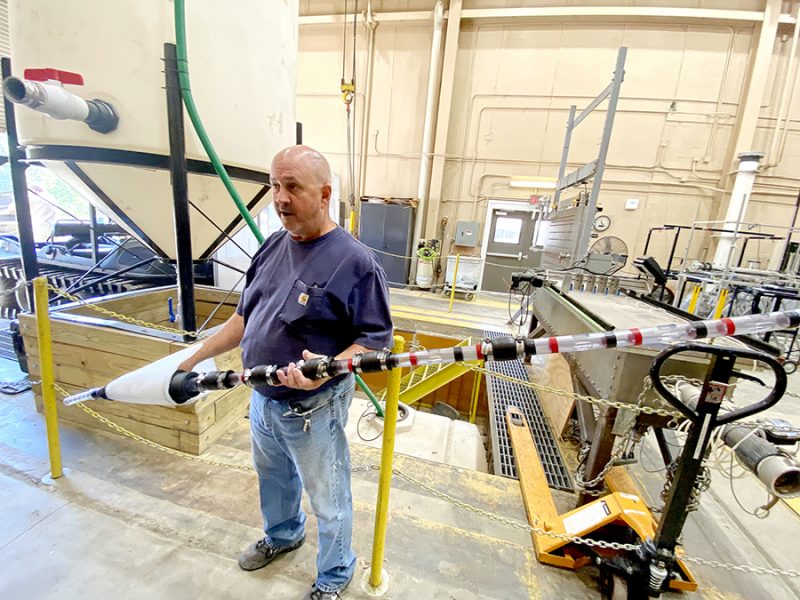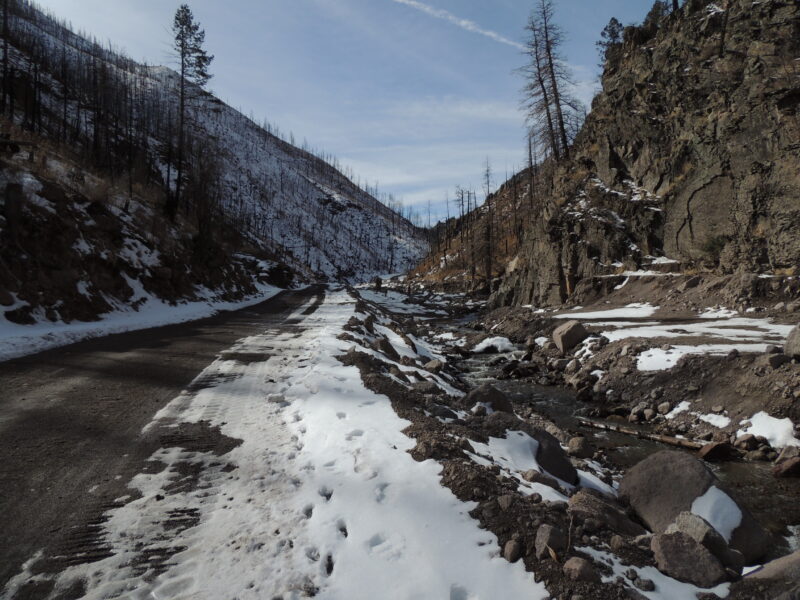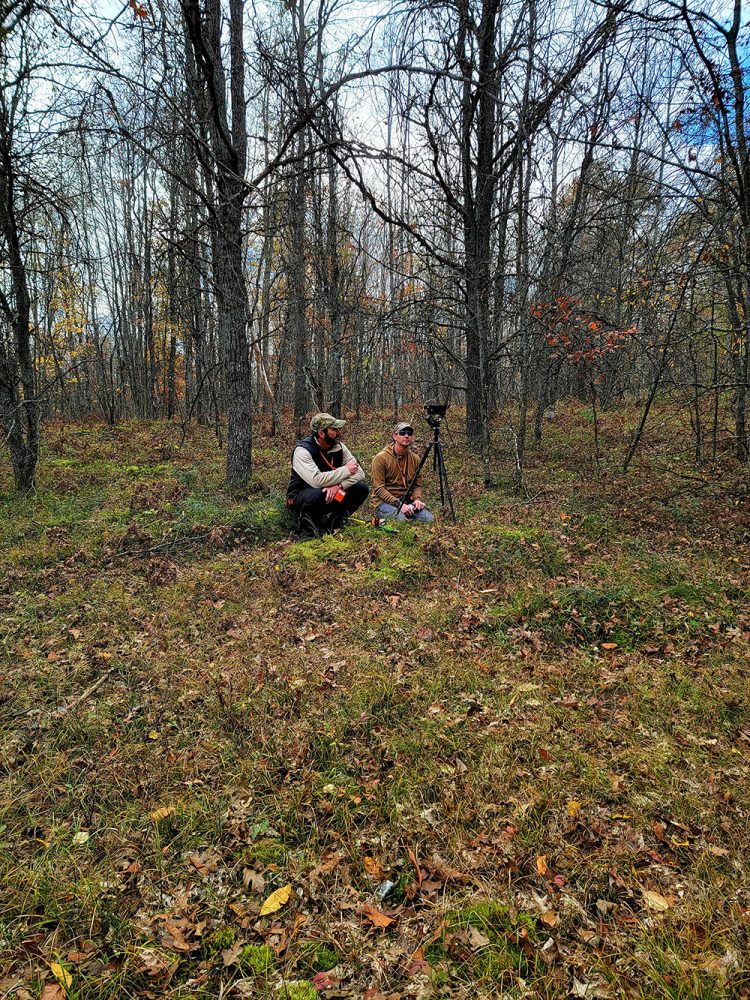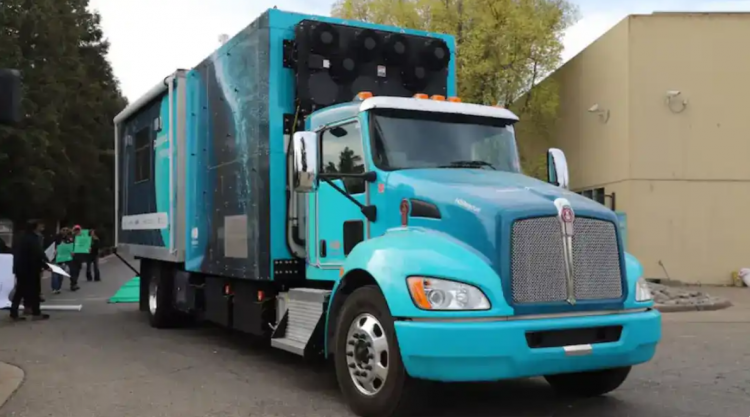#26: Sand Boil Filter: A more efficient tool to combat internal levee erosion
When river levels rise, so does the threat of sand boils, which occur when water bubbles out of the ground near the base of a levee, surrounded by a mound of displaced soil. Caused by increased pressure, sand boils are a visible sign of erosion within a levee. And unless they are treated immediately, these…
Read MorePodcast: Play in new window | Download







Recent Comments